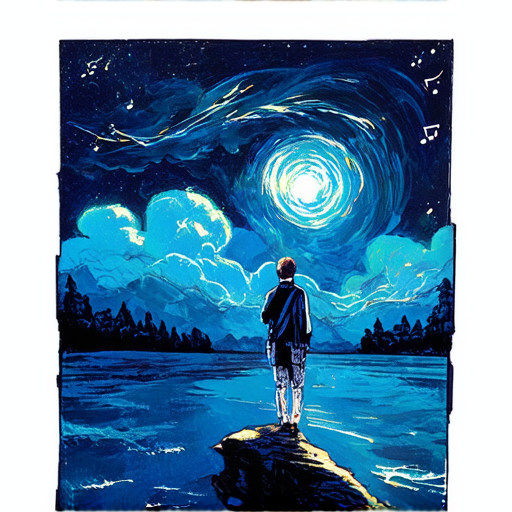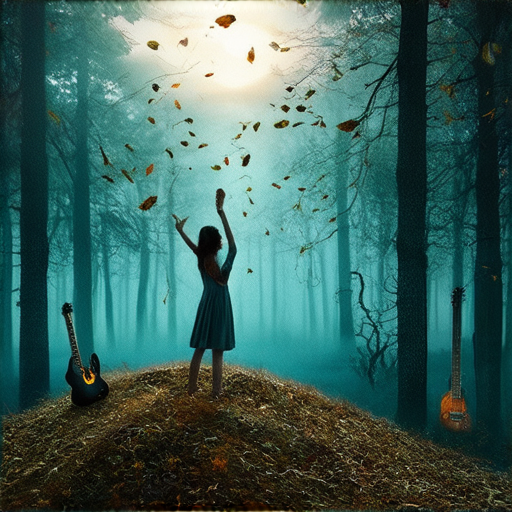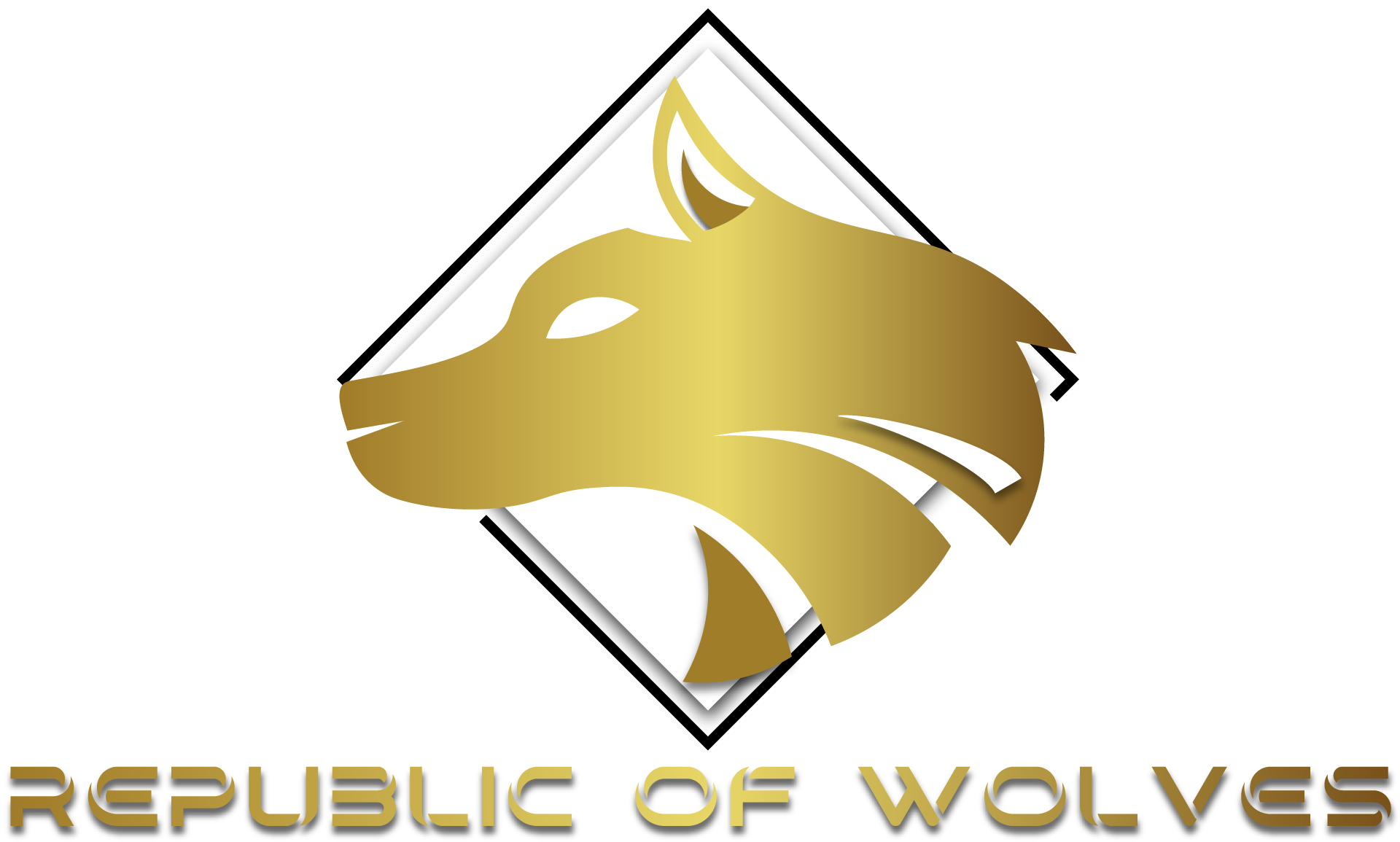The world of independent music has given rise to some of the most innovative and captivating sounds in recent history, with artistic indie music being a prime example of this creative explosion. Characterized by its unique blend of genres, often incorporating elements of alternative, folk, and electronic music, artistic indie music has become increasingly popular among fans seeking something new and exciting. From famous artistic indie music tracks like “Mr. Brightside” by The Killers to critically acclaimed albums like Arcade Fire’s “The Suburbs,” the genre has produced a wealth of talented artists who continue to push the boundaries of what is possible in music.

What Makes a Music Artist Indie?
As a fan of indie music, I’m often asked what sets indie artists apart from mainstream musicians.
- Creative Freedoms
- Low Budgets
- Do-It-Yourself Approach
Indie music is a broad style of music characterized by its independence from major record labels and commercial pressures.
- One of the defining features of indie music is its emphasis on creative freedom.
- This means that indie artists have the autonomy to experiment with new sounds, styles, and themes without fear of censorship or commercial pressure.
- As a result, indie music often pushes boundaries and challenges conventional norms.
Another key aspect of indie music is its low budget approach.
- Indie artists often self-fund their projects, which allows them to maintain control over their music and artistic vision.
- This DIY ethos also enables indie artists to connect directly with their fans and build a loyal community around their music.
Finally, indie music is characterized by its do-it-yourself approach to music creation and distribution.
- Indie artists often handle every aspect of their career, from recording and producing their music to promoting and distributing it.
- This hands-on approach allows indie artists to maintain a high level of creative control and connection with their audience.
At Republic of Wolves, we’re passionate about supporting indie artists who embody these values and push the boundaries of creativity and innovation.
We believe that indie music has the power to inspire, uplift, and challenge us, and we’re committed to showcasing the best of the indie music scene.
Whether you’re a seasoned music lover or just discovering the world of indie music, we invite you to join our community and explore the diverse and vibrant world of indie music.
The Most Popular Indie Artist
We’re proud to say that our community has been a driving force behind the success of many talented indie artists.
- Republic of Wolves: As a platform dedicated to indie music, we’ve had the privilege of featuring various artists who have made significant contributions to the genre.
- Other notable indie artists:
These artists have consistently pushed the boundaries of indie music, experimenting with unique sounds and styles that resonate with our audience.
- Republic of Wolves’ take on indie music: Our platform aims to provide a space for indie artists to share their stories, showcase their talents, and connect with like-minded individuals.
- Key factors contributing to popularity: We believe that a combination of creativity, passion, and authenticity plays a significant role in an artist’s success.
- Why Phoebe Bridgers stands out: Her introspective songwriting and soothing melodies have captivated audiences worldwide, making her a standout figure in the indie music scene.
- Vance Joy’s rise to fame: His soulful voice and acoustic-driven sound have earned him a loyal fan base, solidifying his position as a prominent indie artist.
- Hozier’s unique blend: His fusion of blues, soul, and indie rock has resulted in a distinctive sound that sets him apart from other artists in the genre.
- St. Vincent’s innovative approach: Annie Clark’s eclectic style and boundary-pushing experimentation have cemented her status as a visionary in the indie music world.
At Republic of Wolves, we’re committed to celebrating the diversity and creativity of indie music, and we’re honored to feature these talented artists on our platform.

Is Billie Eilish an Indie Artist?
As a long-time fan of indie music, I’ve often wondered whether Billie Eilish can be classified as an indie artist.
-
Defining Indie Music
- Indie music typically refers to music produced outside of the mainstream music industry, often characterized by its DIY ethos and experimental sound.
- With the rise of streaming platforms, the lines between indie and mainstream have become increasingly blurred.
Billie Eilish’s Background
Born and raised in Los Angeles, Billie Eilish began her music career at a young age, releasing her debut single “Ocean Eyes” in 2016 under the Interscope Records label.
-
Early Success
- Eilish’s unique sound and style quickly gained attention, leading to the release of her debut album “When We All Fall Asleep, Where Do We Go?” in 2019.
- The album was a critical and commercial success, featuring hits like “Bad Guy” and “All the Good Girls Go to Hell.”
Indie Credibility
While Billie Eilish has achieved immense mainstream success, her early days as an underground artist and her willingness to experiment with unconventional sounds suggest that she may indeed be an indie artist at heart.
-
DIY Ethos
- Eilish has spoken publicly about the importance of creative control and autonomy in her music, values that are core to the indie ethos.
- Her decision to leave Interscope Records and sign with Universal Music Group in 2020 may indicate a desire for greater independence and flexibility in her music career.
Conclusion
In conclusion, while Billie Eilish’s mainstream success may lead some to question her indie credibility, her early days as an underground artist and her commitment to creative control and experimentation suggest that she may indeed be an indie artist at heart.
Whether or not she identifies as an indie artist herself, Billie Eilish’s influence on the music industry and her dedication to pushing boundaries and challenging conventions make her a true innovator and a shining example of the indie spirit.

Is Taylor Swift Indie Rock?
Taylor Swift’s sound is often described as genre-bending, incorporating elements of country, R&B, indie pop, and hip-hop.
- We’ll delve into her musical evolution and explore whether she can be classified as an indie rock artist.
Musical Evolution
Taylor Swift’s early work was rooted in country music, but she has since experimented with various genres, including pop and rock.
- Her album “Folklore” marked a significant departure from her previous country-pop sound, embracing a more indie-folk aesthetic.
- This shift towards indie folk was met with critical acclaim, solidifying her reputation as a versatile artist.
Indie Rock Characteristics
Indie rock is characterized by its DIY ethos, lo-fi production, and a focus on songwriting and musicianship.
- Taylor Swift’s music often features introspective lyrics, acoustic instrumentation, and a minimalist approach to production.
- These characteristics align with the principles of indie rock, suggesting that she may indeed be associated with the genre.
Conclusion
While Taylor Swift’s music defies easy categorization, her recent work has exhibited traits commonly found in indie rock.
As she continues to push boundaries and experiment with new sounds, it’s possible that she may be seen as an indie rock artist in the future.
However, her genre-bending style and commercial success set her apart from traditional indie rock artists.
Ultimately, the classification of Taylor Swift as an indie rock artist remains subjective and open to interpretation.
Is Ed Sheeran Indie Music?
As a long-time fan of indie music, I’ve always been curious about Ed Sheeran’s genre classification.
- Ed Sheeran’s early career began as an independent artist, releasing nine EPs between 2005 and 2010.
- During this time, he gained significant public and critical acclaim, eventually leading to his signing with Atlantic Records in January 2011.
Indie Roots and Evolution
While Ed Sheeran’s sound has evolved significantly since his indie days, his roots remain firmly planted in the indie music scene.
- His early work was characterized by its raw, emotive quality, which resonated deeply with fans of indie folk and acoustic music.
- Sheeran’s ability to craft relatable, storytelling-driven lyrics helped establish him as a rising star in the indie music world.
Genre-Bending Sound
Over time, Ed Sheeran’s music has incorporated various styles, making it challenging to categorize him solely as an indie artist.
- He has explored pop, rock, and hip-hop influences, collaborating with artists from diverse backgrounds.
- This genre-bending approach has contributed to his massive commercial success and widespread appeal.
Conclusion
In conclusion, while Ed Sheeran’s early career was rooted in indie music, his evolution as an artist has led to a more eclectic sound.
Although he may not fit neatly into traditional indie categories, his dedication to crafting meaningful, relatable songs remains a hallmark of his artistry.

Is Pink Floyd Indie Rock?
Pink Floyd is often associated with various genres, including psychedelic rock, progressive rock, and classic rock.
- Their early work was heavily influenced by psychedelia, which is characterized by its experimental nature and use of electronic effects.
- However, as the band progressed, they incorporated elements of progressive rock, which emphasizes musical complexity and conceptual themes.
- While Pink Floyd’s sound is distinct from traditional indie rock, they share some similarities with the genre in terms of their emphasis on atmospheric soundscapes and introspective lyrics.
Key Characteristics of Pink Floyd’s Sound
- Experimentation and innovation: Pink Floyd was known for pushing the boundaries of what was possible in popular music, incorporating electronic effects, tape loops, and other unconventional techniques into their sound.
- Conceptual themes: Many of Pink Floyd’s albums feature conceptual themes, such as “The Dark Side of the Moon” and “The Wall,” which explore complex ideas and emotions through music.
- Atmospheric soundscapes: Pink Floyd’s music often features lush, atmospheric soundscapes, created through the use of synthesizers, guitars, and other instruments.
Comparison to Indie Rock
While Pink Floyd shares some similarities with indie rock, there are significant differences between the two genres.
- Indie rock tends to emphasize lo-fi production values and DIY ethics, whereas Pink Floyd’s sound is often characterized by high-production values and a more polished approach.
- Indie rock often focuses on catchy hooks and melodies, whereas Pink Floyd’s music can be more experimental and avant-garde.
Conclusion
In conclusion, while Pink Floyd shares some similarities with indie rock, their sound is distinct and cannot be reduced to a single genre.
Pink Floyd’s innovative approach to music, conceptual themes, and atmospheric soundscapes set them apart from traditional indie rock, making them a unique and influential force in the world of rock music.

0 Comments